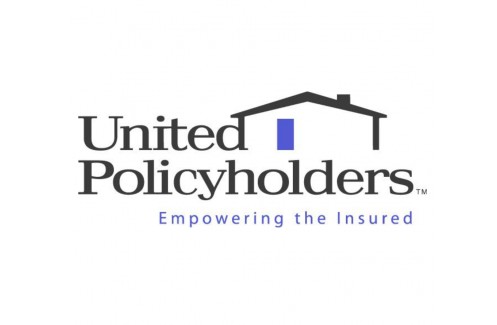Outcome oriented investigations plague the insurance adjustment process. Outcome oriented techniques arise in number of forms, from limiting the information sought, writing reports with no more than what is called upon, not informing the policyholder of other areas of possible damage, de-selecting those that write reports which provide too much information and lead to greater coverage, and simply trying to form opinions of loss or damage that are not truthful. Insurance adjusters often try to convince me that they do not retain outcome-oriented investigators who look for ways to limit their customers’ recoveries, it is amazing to me how much additional loss is usually found with a little more honest work.
Merlin Law Group has recently written two posts on this topic, What Role Does an Insurer’s “Preferred Contractor Program” Play in a Bad Faith Lawsuit? and What Role Does an Insurer’s “Preferred Contractor Program” Play in a Bad Faith Lawsuit? Part II. Slabbed recently noted evidence of the problem in Judge Senter Issues Three Orders in Rigsby Qui Tam Case. Slabbed linked a Memorandum Opinion which contained the following admissions by a State Farm expert engineering firm:
8. WHEREAS Forensic admits that it understood State Farm’s financial interests in having engineering reports submitted by Forensic that attributed the cause of storm damage to flood rather than storm winds;
9. WHEREAS Forensic admits that it believed State Farm would not continue employing Forensic unless Forensic agreed with State Farm’s assessment that the properties where secondary reports were requested were damage by water instead of wind and focused on any possible evidence of flood damage to support that finding;
10. WHEREAS Forensic admits that at State Farm’s request, Forensic sent a second professional engineer to re-evaluate 19 loss sites, and Forensic admits that it changed the conclusions in those 19 reports based on the second engineer’s inspection and after the initial reports were already sent to State Farm;
11. WHEREAS Forensic admits that it was asked not to perform a thorough structural evaluation or cost appraisal of the amount of damage identified at a given site, and Forensic agreed to follow State Farm’s instructions to describe only the predominant cause of damage to a home when attributing that damage to wind or flood;
12. WHEREAS Forensic admits that for certain properties it submitted subsequent reports that did not reference the existence of the initial report and that such a practice allowed State Farm to have the option of either removing and replacing the initial report in its file if it so chose[.]
With this type of claims gamesmanship, policyholders don’t stand a chance of receiving the full benefit of the process. I noted that consumer protection laws are paramount to insurance profits derived wrongfully and unethically in Frank Artiles Responds to Post as Florida Insurance Politics Starts to Heat Up — this is an example of how profits can be derived in a wrongful manner.
The problem is that this type of evidence is difficult to obtain. Nobody is going to advertise or publicly announce that they are coercing this type of behavior or doing it as a result of financial pressure. Nobody wants to admit to themselves that they are participating in an unethical game where they are trying to appear to provide full indemnity, but purposefully using methods to prevent it. Nobody wants to admit to being the “bad guy.”
One simple step to help prevent these common activities would be to give policyholders a copy of the insurance company claims file and the entire file of the experts and vendors, including drafts. California currently allows policyholders to obtain the claims file by law before any litigation. Transparency is a wonderful tool if honesty is a significant value.



